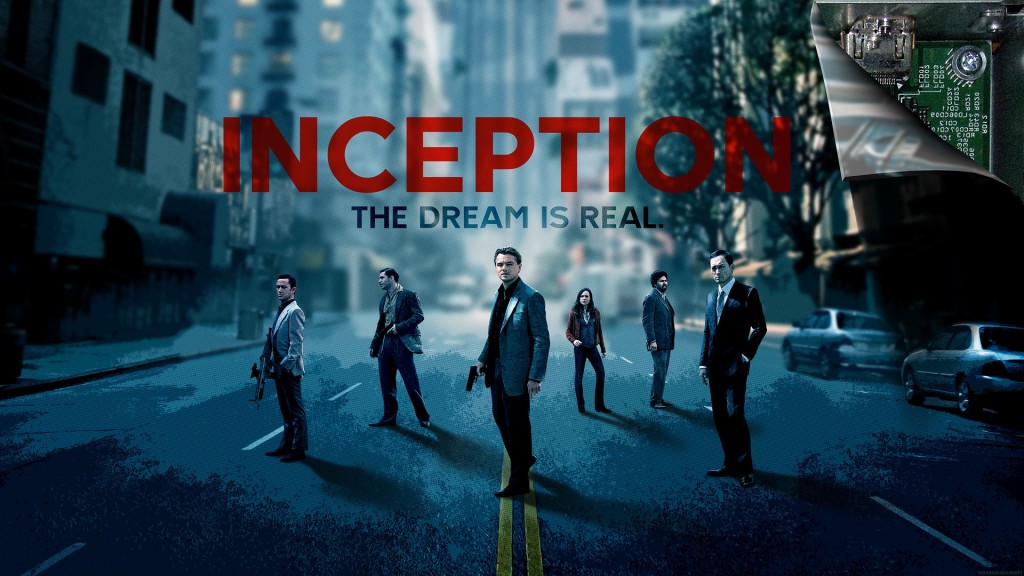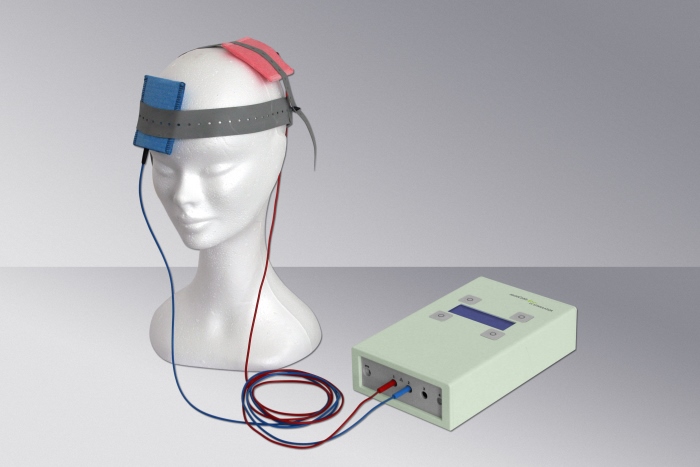
Ever since I first saw Nightmare on Elm Street as a kid (and watched Johnny Depp get blended by his bed and splattered on the ceiling), I’ve been fascinated and a little scared by dreams. If you die in your dream, as in the movie, are you toast in real life as well? Somewhere around this time I also heard the myth that if you don’t dream, you die. While there is a rare genetic disorder called fatal familial insomnia, most people who think they don’t dream simply don’t remember them (we supposedly have 3-7 per night, on average). There are folks called “non-dreamers” who really don’t dream, and while perhaps they’re a little less creative or spontaneous because of it, studies show they are alive and well. Dreams commonly feature in science fiction because of the ease with which they present another world—one that doesn’t require a portal or time travel to access. Sci-fi raises some interesting questions about the line between dreams and reality, as well as the relationship between dream and memory. Christopher Nolan’s Inception involves both dream stealing and implanting ideas via dreams. Movies such as the Matrix and Richard Linklater’s Waking Life grapple with the question of how to tell if one is dreaming or not, and which world is the “real” one (and how to exercise free will in both). But what if there’s not an “either/or” answer to the question of which is real?
Some people claim to be able to control their dreams–it’s called “lucid dreaming.” Lucid dreamers know they’re dreaming, and can thus learn how to choose their own adventure, basically scripting their dreams like books. Most people experience snippets of lucid dreaming. Have you ever woken up from a wonderful dream and willed yourself back into it? Have you ever had a nightmare and willed yourself awake? Have you ever been conscious of the fact that you’re dreaming? These are all basic aspects of lucid dreaming. A number of people have taught themselves how to harness this ability, and regularly choose to fly, visit outer space, time travel, and have meaningful personal interactions and experiences via their sleep that affect their waking lives. In fact, a number of famous artists and scientists described themselves as lucid dreamers, including Nikola Tesla, who had visualizations so intense that he did “dream experiments” in the lab; Salvador Dali (does this really surprise anyone?); Richard Feynman, who honed the ability enough to “observe [himself] in [a] dream” and “could control the direction of [his ] dream; Albert Einstein (“Reality is merely an illusion, albeit a very persistent one”); Stephen King; and, unsurprisingly, Richard Linklater, the Wachowskis, and Christopher Nolan.
It turns out, though, that one doesn’t have to be a scientific or artistic genius to experience lucid dreaming. One doesn’t even have to practice the techniques. Recent studies suggest that lucid dreaming can be electrically induced. In a study published in Nature Neuroscience, scientists studied the brainwaves of people who identified as lucid dreamers and found that the dreamers’ gamma waves were in the range of those that indicate conscious attention (somewhere between wakefulness and REM-sleep, which, incidentally, MIT researchers recently induced in mice via optogenetics).

transcranial alternating current stimulation set-up
The scientists wanted to see if they could replicate that finding on people who had never experienced a lucid dream, so they rounded up 27 participants and sent electrical pulses to their scalps via a technique called transcranial alternating current stimulation as they entered REM sleep. The participants received a bunch of different types of electrical stimulation—various frequencies, as well as a sham/placebo stimulation. After getting zapped at frequencies between 25-40Hz–higher and lower frequencies produced no effect, while the 40Hz frequency induced increased gamma brainwave activity in the participants–some of the subjects reported that they had been aware they were dreaming—the first step toward lucid dreaming. Some participants could also control their actions in the dreams, such as by getting dressed before heading to work, since we all hate that “naked in public” dream. They also experienced the third basic condition of lucid dreaming–observing their dream self from a third-person perspective.
While there’s lots we don’t yet understand about sleeping and dreaming, researchers generally believe people have two levels of consciousness. The primary one involves senses and emotions—it’s the level of consciousness we experience during pretty much all of our waking life, and it’s one animals are thought to experience as well. But the second level of consciousness involves metacognition—being aware of and understanding one’s own thoughts. Lucid dreams experience this second level, as they’re aware that they’re dreaming, and via that awareness and perspective can control their dreams and/or mine them for insight. Scientists believe the brain’s gamma waves play an important role in determining this awareness, hybridizing two general states of consciousness—awake and asleep.
Lucid dreaming may be helpful in treating PTSD, which often causes recurring nightmares. If patients could distance themselves from the events in their dream, or even control those events, they could potentially reduce the traumatic effects of those events and dreams). It’s also possible that lucid dreaming could be used to help treat other mental disorders, such as depression and anxiety. That is, of course, if no one’s sharing or stealing the dreams.
